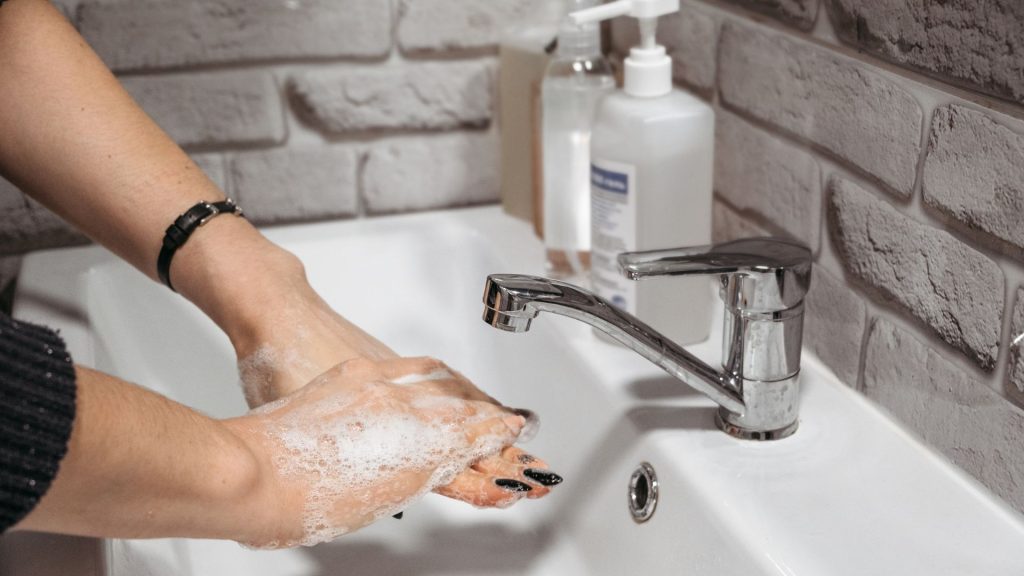Hidradenitis suppurativa (HS) is a chronic, debilitating skin condition characterized by painful nodules, abscesses, and scarring in areas like the groin, buttocks, and underarms. Effective management of HS is crucial for alleviating symptoms and improving quality of life. Without proper management, HS can lead to complications that further impact a patient’s well-being. Explore strategies for Hidradenitis Suppurativa management to minimize symptoms, prevent complications, and enhance overall health and comfort. Understanding the complexities of HS management is essential for healthcare professionals and individuals living with the condition to develop tailored treatment plans that address their unique needs and challenges.
To better understand and manage this condition, clinical epidemiology plays a crucial role in examining its prevalence, risk factors, and potential treatment options. This blog section will delve into the clinical epidemiology of Hidradenitis Suppurativa and discuss the current management strategies for this often-misunderstood condition.

Hidradenitis Suppurativa Management: Clinical Epidemiology Insights:
1. Prevalence
Hidradenitis Suppurativa affects approximately 1-4% of the global population, with a higher prevalence among women and African Americans. However, the actual prevalence may be higher due to underdiagnosis and misdiagnosis, as the condition is often mistaken for other skin disorders or not reported due to embarrassment or lack of awareness.
2. Risk Factors
Several risk factors contribute to the development of HS, including:
- Genetics: Individuals with a family history of HS are more likely to develop the condition, suggesting a genetic predisposition.
- Hormones: HS typically begins after puberty, indicating that hormonal factors play a role in the development of the disease. The condition is also more common in women, particularly during menstruation and pregnancy.
- Smoking: Studies have shown a strong association between smoking and HS, with current smokers having a higher risk of developing the condition.
- Obesity: A higher body mass index (BMI) is associated with an increased risk of HS, as excess weight can exacerbate inflammation and friction in affected areas.
- Other health conditions: Patients with HS are more likely to have other comorbidities, such as metabolic syndrome, polycystic ovary syndrome (PCOS), and inflammatory bowel disease (IBD).
Management of Hidradenitis Suppurativa
1. Lifestyle Modifications
As a first-line approach to managing HS, patients are advised to make specific lifestyle changes to reduce inflammation and prevent flare-ups. These may include:
- Weight loss: Losing weight can help alleviate friction and inflammation in affected areas.
- Smoking cessation: Quitting smoking can significantly improve HS symptoms and prevent further complications.
- Proper hygiene: Regular, gentle cleansing of affected areas with a non-irritating soap can help prevent infection and reduce inflammation.
2. Medical Treatments
Depending on the severity of HS, various medical treatments may be used to manage the condition:
- Topical treatments: Mild HS may be treated with topical antibiotics or antiseptics to reduce inflammation and prevent infection.
- Systemic treatments: For moderate to severe HS, oral antibiotics, hormonal therapies, or immunosuppressive drugs may be prescribed to control inflammation and prevent flare-ups.
- Biologic therapy: In cases of severe, treatment-resistant HS, a class of drugs called biologics, specifically adalimumab (Humira), has been approved for the treatment of HS. These drugs work by targeting specific proteins in the immune system that contribute to inflammation.
3. Surgical Interventions
In some cases, surgical intervention may be necessary to manage severe or persistent HS:
- Incision and drainage: This procedure involves making an incision in the affected area to drain pus and relieve pressure. However, this approach is typically reserved for acute flare-ups and does not prevent recurrence.
- Deroofing: This technique involves removing the overlying skin and tissue from the affected area, allowing the underlying abscesses to drain and heal.
- Excision with skin grafting: In severe cases, the affected area may be surgically removed and replaced with a skin graft from another part of the body.

The Bottom Line
Through clinical epidemiology, we can better understand the prevalence and risk factors of this disorder, enabling healthcare professionals to develop targeted management strategies. By incorporating lifestyle modifications, medical treatments, and surgical interventions when necessary, patients with HS can work towards achieving better control of their symptoms and improving their overall well-being.
The Canadian Hidradenitis Suppurativa Foundation is here to help you navigate your journey with HS and find the best treatment options to manage your Hidradenitis Suppurativa symptoms. Contact us today to learn more about our services and how we can support you in your journey towards better health and well-being.
